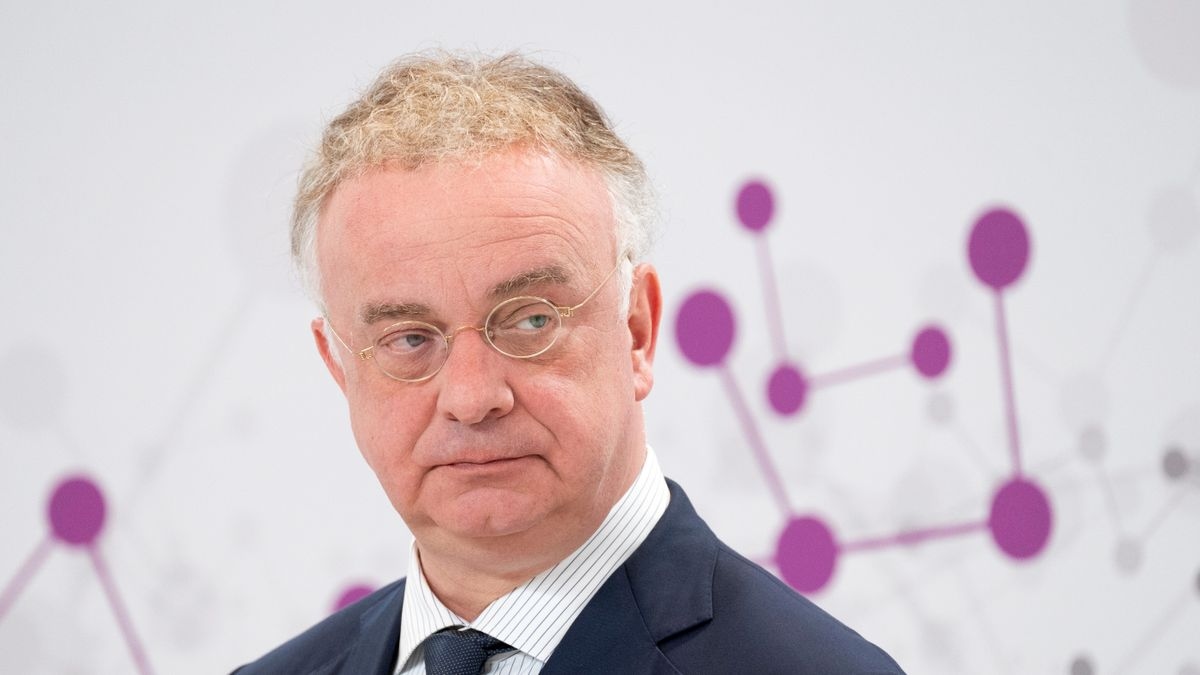Why the electric car is not the solution to the transport transition

Electromobility can only be the beginning of a sustainable transport transition. The urban transport system must be fundamentally overhauled.
Anyone who talks about the future of mobility today almost automatically lands on the electric car . In political communications, advertising, and feature pages, the electric car symbolizes progress. The plug replaces the exhaust, and consciences are at ease. But this is precisely where the problem begins: the transport transition is reduced to the drive system—and thus misses its own purpose. The electric car is not the solution, but merely a symptom of a much larger change.
Because at its core, the system remains the same: We are replacing millions of combustion engines with millions of electric cars, which consume just as much space, sit in traffic jams for just as long, and take up just as much space as before. The real promise of the mobility transition was never just electric propulsion, but a different understanding of movement. But Europe is far from that.
But there are also positive developments, and they are coming from startups. Mobility founders share one idea: mobility is not a product, but a network. While traditional manufacturers have completely abandoned their mobility-as-a-service approach, young companies are programming the operating system of mobility . They combine energy, data, traffic, and urban planning into a digital organism.
In Potsdam, the startup MotionTag analyzes anonymous movement data to make traffic planning smarter. The Berlin-based company Swobbee is building battery swapping stations for micromobility and exporting the concept to Amsterdam and Warsaw. And platforms like The Mobility House and GridX are integrating electric fleets into the power grid, ensuring that energy is not only consumed but also fed back into the grid.
The development of cross-system collaborations can now also be seen outside of Germany. In Luxembourg, Stellantis plans to launch autonomous, fully electric vans together with the Chinese company Pony.ai starting in 2026. The partnership was officially announced in mid-October.
Just a few days later, Baidu announced it would bring its "Apollo Go" robotaxi system to Switzerland – together with PostBus, a state-owned transport company. And in Hamburg, the VW subsidiary Moia has long been collaborating with public transport. These projects demonstrate that the boundaries between private transport, public transport, and technology platforms are blurring. The future of mobility no longer lies in the hands of individual manufacturers, but in collaborations across industries and countries.
This systems thinking is also crucial for energy infrastructure. Charging points alone are not enough; what's needed are data platforms that coordinate networks, vehicles, and users in real time. Startups like Optibus and the French company Vianova are developing software that supports cities in traffic management – with AI that analyzes traffic data and dynamically adapts routes. This transforms mobility into a learning system that responds to demand, weather, and energy availability.
The real question, then, isn't how many electric cars we'll put on the road by 2030, but how we design the systems behind them. How can urban planning, energy, and transportation be integrated? And how can we make mobility more flexible and democratic, especially in cities?
The future of mobility isn't being created in a wind tunnel, but in the network. It requires less horsepower and more APIs. It's driven by software, not car bodies. Anyone who truly wants to rethink mobility can't stop at the plug-in. It's about energy flows, spatial planning, data sovereignty, and service culture. The mobility revolution begins where we stop counting cars and start understanding systems.
businessinsider




